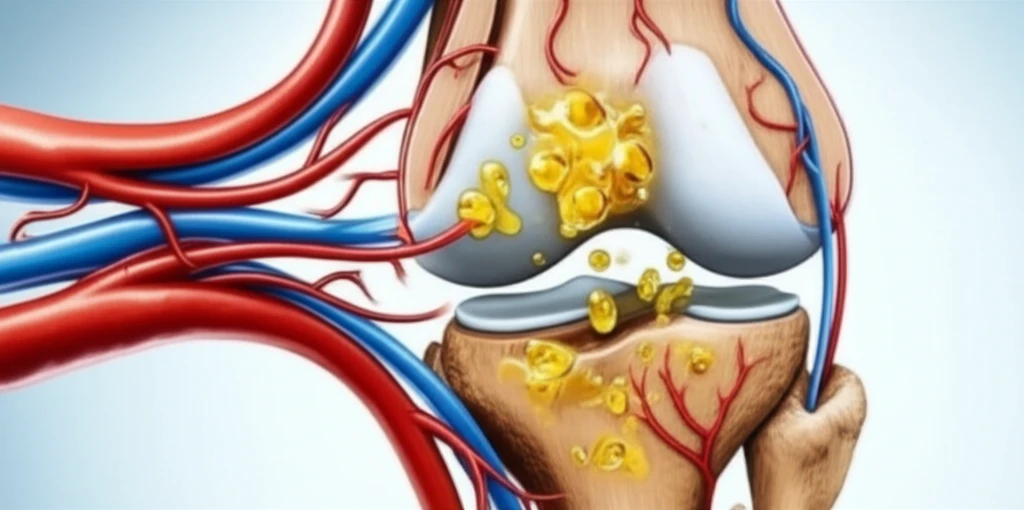
Hidden Danger: Could Your Knee Replacement Lead to Fat Embolism Syndrome?
"Understanding the risks, symptoms, and what you need to know about this rare but serious complication after orthopedic surgery."
Recovering from a knee replacement can be a significant journey, aiming to restore mobility and reduce pain. While most recoveries proceed smoothly, it's crucial to be aware of potential complications. One such complication, though rare, is fat embolism syndrome (FES). FES occurs when fat globules enter the bloodstream and travel to organs such as the lungs and brain, potentially causing serious dysfunction.
According to a study published in the Journal of Clinical Medicine Research, FES can occur after long bone fractures or orthopedic surgeries. While fat embolism is often asymptomatic, a small percentage of patients develop FES, a syndrome characterized by multi-organ dysfunction. The study highlights a case where a patient developed both pulmonary and cerebral fat embolism following a total knee replacement.
Although the diagnosis of FES is primarily based on clinical observations, imaging techniques like pulmonary computed tomography (CT) and brain magnetic resonance imaging (MRI) play a crucial role in confirming the diagnosis and ruling out other potential issues. Being informed about the risk factors, symptoms, and diagnostic approaches can empower you to seek timely medical attention and ensure the best possible outcome.
What Causes Fat Embolism Syndrome After Knee Replacement?

Fat embolism syndrome typically occurs 24 to 72 hours after the initial injury or surgery. The exact mechanisms aren't fully understood, but here's what experts believe:
- Increased Intramedullary Pressure: Surgical procedures, like the placement of intramedullary rods, can elevate pressure within the bone marrow.
- Fat Globule Release: The elevated pressure forces fat globules into the circulatory system.
- Vascular Blockage: These globules obstruct small blood vessels, disrupting normal blood flow and oxygen supply to vital organs.
The Importance of Early Detection
While fat embolism syndrome is a rare complication, understanding the potential risks and symptoms can help ensure early detection and prompt treatment. If you experience any of the symptoms described above after knee replacement surgery, seek immediate medical attention. Early diagnosis and supportive care can significantly improve outcomes and help you return to a healthy, active life.
